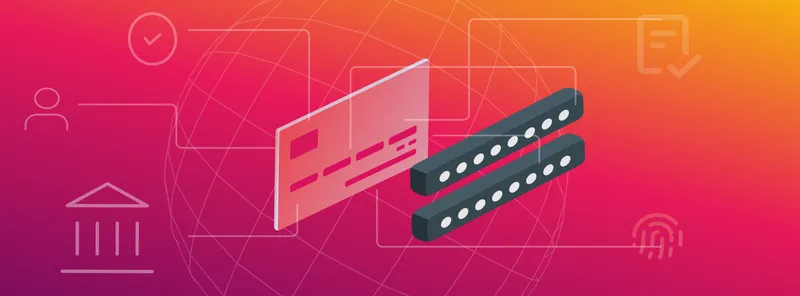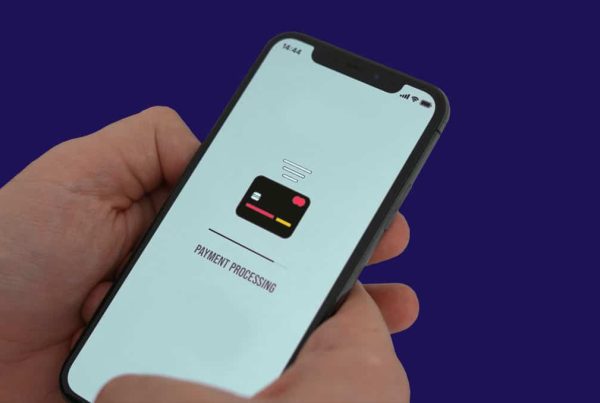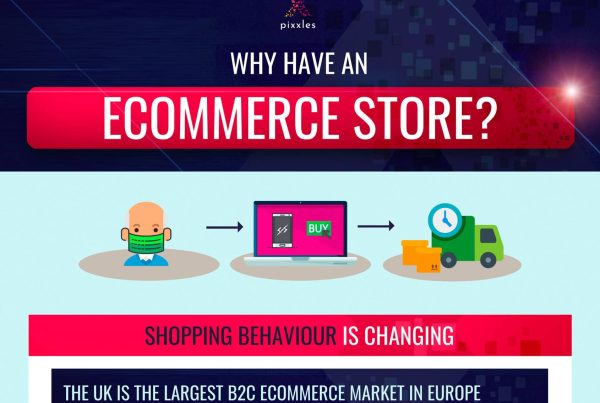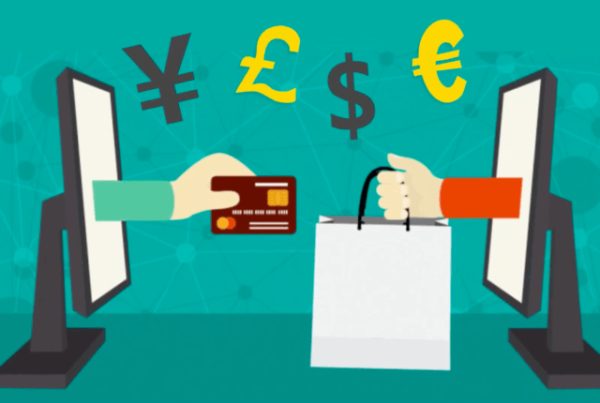What is a BIC code?
A BIC (Bank Identifier Code) is used to identify a specific bank and branch involved in international transactions.
Do UK banks have BIC numbers?
Yes, they do.
BIC numbers are essential for routing international payments or messages to the correct bank and branch.
Is BIC the same as a SWIFT code?
Yes, it is.
The BIC/SWIFT code was developed by the Society for Worldwide Interbank Financial Telecommunication (SWIFT).
Format of a SWIFT/BIC number
Example of a SWIFT code
| ZZZZ | YY | XX | 987 |
| Bank code | Country code | Location code | Branch code |
The code would be written out as:
ZZZZ YY XX 987
How many digits is a bank identification code?
If the branch code is not provided, the SWIFT/BIC code will only have 8 characters.
The 11-character version of the code is used to identify a specific branch of the bank.
How do BIC/SWIFT codes work?
When someone wants to send money internationally, their first step is to provide their bank with the transaction details.
SWIFT MT103
Once the sender’s bank has the information it needs (such as the account number, bank name, and the SWIFT code), it prepares a financial message called a SWIFT MT103.
The sender’s bank securely transmits the MT103 message through the SWIFT network—a messaging system that connects thousands of banks worldwide. And the message is encrypted using a store-and-forward system.
Depending on the transaction’s complexity, one or more intermediary banks (also called correspondent banks) may be involved in the transaction.
Verifying transaction details
Once the MT103 message reaches the recipient’s bank, they verify the transaction and check the recipient’s account details.
If everything is in order, the bank credits the recipient’s account with the transferred funds.
After the recipient’s bank processes the transaction, they typically send a confirmation message back through the SWIFT network to the sender’s bank.
The sender’s bank then notifies the sender that the transaction has been successfully completed.
SWIFT MT (Message Types)
SWIFT MT (Message Types) are standardised formats that banks use to communicate over the SWIFT network.
Each SWIFT MT has a unique identifier, ensuring that the information is correctly interpreted and processed.
Here are some common SWIFT MT categories and examples:
MT100 – MT199: Customer Payments and Cheques
MT103: Single Customer Credit Transfer – used for international wire transfers between bank customers.
MT200 – MT299: Financial Institution Transfers
MT202: General Financial Institution Transfer
MT300 – MT399: Treasury Markets
MT300: Foreign Exchange Confirmation – used to confirm the details of a foreign exchange transaction between two parties.
MT400 – MT499: Collections and Cash Letters
MT400: Advice of Payment – used to notify the beneficiary’s bank that payment has been made or is in the process of being made.
MT500 – MT599: Securities Markets
MT540: Receive Free – used to instruct the receipt of a financial instrument without any payment.
MT600 – MT699: Precious Metals and Syndications
MT600: Precious Metal Trade Confirmation – used to confirm the details of a precious metal transaction between two parties.
MT700 – MT799: Documentary Credits and Guarantees
MT700: Issue of a Documentary Credit – used to request the issuance of a documentary credit in international trade transactions.
MT800 – MT899: Travellers Cheques
MT800: Travellers Cheques Inventory Advice – used to report the inventory of travellers’ cheques held by a financial institution.
MT900 – MT999: Cash Management and Customer Status
MT940: Customer Statement Message – used to provide account holders with a statement of their account activity.
When do you need a SWIFT/BIC code?
You need a SWIFT/BIC code when conducting international financial transactions.
Some specific instances when you will need a SWIFT/BIC code include:
- Transferring money to a bank account in another country.
- Receiving an international money transfer.
- Investing in foreign assets.
For international transactions, in addition to the SWIFT/BIC code, you need the International Bank Account Number (IBAN) and the recipient’s account name and address.
» MORE: Make international payments easier with Pixxles – We process in 100+ currencies
Is there a fee for using BIC/SWIFT numbers?
Yes, most banks charge a fee when processing international transactions.
How much your fee costs depends on the transaction, although it can be as high as $50.
Where can I find my SWIFT/BIC code?
You can find your bank’s SWIFT/BIC code in several different ways.
Bank statement
Your SWIFT/BIC code should be printed on your bank statement near your account number or sort code.
Bank website
Your bank will most likely have its SWIFT/BIC code on its website.
It may take a little digging to find, so start with the Help section or simply contact the bank and ask a representative.
Online banking or mobile app
Your SWIFT/BIC code should be available in your online banking portal or mobile banking app. The most likely place will be the account details section.
Contacting your bank
If you can’t find your SWIFT code using the methods above, your bank’s customer service will be able to provide it for you.
What is an IBAN?
An IBAN is a unique identifier for bank accounts used in international transactions. Its purpose is to identify the specific bank account of the recipient.
When making international money transfers, both the IBAN and BIC are typically required.
The length of an IBAN differs by country, although the overall format remains largely the same.
In the United Kingdom, an IBAN has 22 characters and includes the country code (GB), check digits, bank code (sort code), and account number.
United Kingdom IBAN example
A United Kingdom IBAN follows this structure:
GBkk BBBB SSSS SSAA AAAA AA
- “GB” is the two-letter country code for the United Kingdom.
- “kk” represents the two-digit check number, which is used for validating the entire IBAN.
- “BBBB” denotes the bank code or institution code (4 digits).
- “SSSS SS” stands for the sort code (6 digits), which identifies the specific branch of the bank.
- “AA AAAA AA” refers to the domestic bank account number (8 digits).
Here is an example of a United Kingdom IBAN:
GB72 BARC 2016 1457 3953 28
The example above is fictional and should not be used for any transactions.
Do you need an IBAN in the United Kingdom?
Yes, you do. When you send or receive an international money transfer to a UK bank, you’ll need to provide an IBAN.
The IBAN system is used throughout Europe.
» MORE: The power of cross-border payments and international payment processors
How to find your IBAN
There are some different ways you can find your IBAN.
Bank statement
Your IBAN is often printed on your bank statement or account summary. It should be located near your account number or sort code.
Online banking or mobile app
Your IBAN may be available in your online banking portal or mobile banking app. Look for it in the account details.
Contacting your bank
Your bank’s customer service should be able to provide you with the IBAN.
IBAN calculator or generator
Some banks offer online tools to help you generate your IBAN using your account number and bank sort code.
Try searching for an “IBAN calculator” or “IBAN generator” provided by your bank.
If you use a third-party tool to find an IBAN, definitely double-check the number with your bank.
Does everyone have an IBAN?
No. IBANs are only used in European countries and a handful of non-European countries.
The United States, Canada, and Australia, for example, do not use the IBAN system.
What can I use if I don’t have an IBAN?
If you are sending money to a non-European country that does not use the IBAN system, you will need to use a SWIFT code.
Naturally, you’ll also need to provide other pertinent details, such as the recipient’s full name and address, routing number, etc.
What about a bank sort code (BSC)?
Bank sort codes are primarily used for domestic transactions within the United Kingdom and Ireland.
Their purpose is to identify a specific bank and branch.
A sort code consists of six digits, usually presented in three pairs separated by hyphens, for example, 12-34-56.
The first pair of numbers are used to identify a bank, while the remaining four numbers identify a specific branch.
A bank sort code is not the same as a BIC or IBAN.
SWIFT codes, BIC, IBANs, and bank sort codes – How are they different?
We understand that these terms can be confusing, so let’s compare them.
SWIFT codes identify banks and financial institutions in cross-border transactions.
BICs are the same as SWIFT codes, used interchangeably.
IBANs are used in Europe to identify individual bank accounts in cross-border transactions.
Bank sort codes are domestic bank codes used in certain countries (e.g., the UK and Ireland) to identify a bank branch and route domestic transactions.
Is it safe to give out IBAN, BIC, and bank sort codes?
Yes, it is safe. However, you do want to be careful who you share these numbers with.
While a BIC and IBAN are required when sending or receiving money internationally, scammers could use this information to try and create unauthorised transactions.
Likewise, a scammer could try using your bank sort code when making a domestic transaction.
Bear in mind that a scammer would need a lot more information than just your BIC, IBAN, or bank sort code. They would need additional information and authorisation from you.
Some safety tips when providing important codes:
- Verifying the identity of the person or organisation that is asking for your IBAN and BIC.
- Don’t hand out your IBAN and BIC when receiving unsolicited requests.
- Keep an eye on your bank account for suspicious activity
- Keep your online banking credentials, PINs, and security codes private.
How are SEPA and BIC codes connected?
SEPA (Single Europe Payments Area) makes it easier for you to transfer euros within participating countries.
You still need to provide a BIC/SWIFT code if you send money to another country with SEPA.
BICs are a crucial component in SEPA transactions, but they are also used in a broader range of international financial transactions.
SEPA payments
Although the UK is no longer a member of the European Union, it still participates in the Single Euro Payments Area (SEPA).
SEPA encompasses three main types of payment instruments.
- SEPA Credit Transfers (SCT) are electronic transactions that were introduced in 2008 by the European Payment Council. SCTs allow customers to send euros to accounts within the SEPA area.
- SEPA Direct Debits (SDD) allow businesses to collect euros from customers’ accounts within the SEPA area. Before a business can collect euros this way, customers must grant them authorisation. There are two types of SEPA Direct Debits. Core and B2B (Business to Business).The Core scheme can be used by both customers and businesses, while the B2B scheme is reserved for transactions between businesses.
- SEPA Instant Credit Transfers (SCT Inst) allow for the near instantaneous transfer of euros between participating banks in the SEPA area. They are used when speed is a priority.








